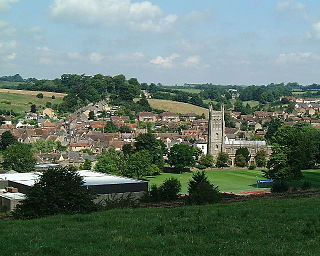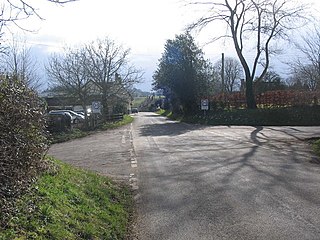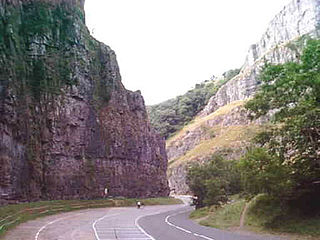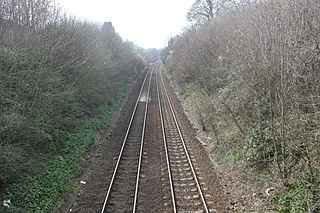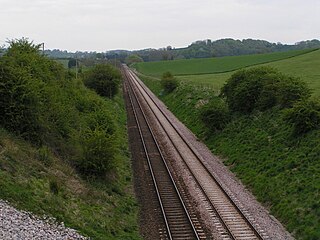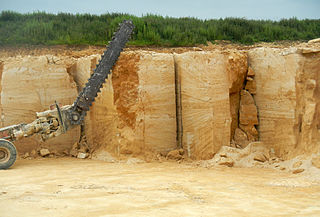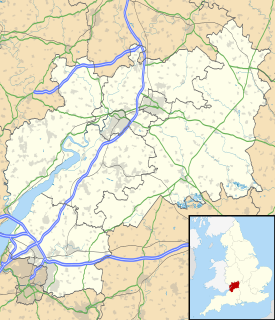| Site of Special Scientific Interest | |
 | |
| Area of Search | Somerset |
|---|---|
| Grid reference | ST648424 |
| Coordinates | 51°10′47″N2°30′18″W / 51.17974°N 2.50496°W Coordinates: 51°10′47″N2°30′18″W / 51.17974°N 2.50496°W |
| Interest | Geological |
| Area | 2.8 hectares (0.028 km2; 0.011 sq mi) |
| Notification | 1971 |
| Natural England website | |
Doulting Railway Cutting (grid reference ST648424 ) is a 2.8 hectare geological Site of Special Scientific Interest in Somerset, notified in 1971.

The Ordnance Survey National Grid reference system is a system of geographic grid references used in Great Britain, distinct from latitude and longitude. It is often called British National Grid (BNG).

The hectare is an SI accepted metric system unit of area equal to a square with 100-metre sides, or 10,000 m2, and is primarily used in the measurement of land. There are 100 hectares in one square kilometre. An acre is about 0.405 hectare and one hectare contains about 2.47 acres.

Somerset is a county in South West England which borders Gloucestershire and Bristol to the north, Wiltshire to the east, Dorset to the south-east and Devon to the south-west. It is bounded to the north and west by the Severn Estuary and the Bristol Channel, its coastline facing southeastern Wales. Its traditional border with Gloucestershire is the River Avon. Somerset's county town is Taunton.
The cutting was made in the 1850s for the East Somerset Railway which still runs steam trains through the cutting today.

The East Somerset Railway is a 2 1⁄2-mile (4 km) heritage railway in Somerset, running between Cranmore and Mendip Vale. Prior to the Beeching Axe, the railway was once part of the former Cheddar Valley line that ran from Witham to Yatton, meeting the Somerset and Dorset Joint Railway at Wells.
It shows rocks of the Middle Jurassic period including both the Inferior Oolite/Great Oolite Junction and the Bajocian-Bathonian stage boundary.
The Middle Jurassic is the second epoch of the Jurassic Period. It lasted from about 174 to 163 million years ago. Fossil-bearing rocks from the Middle Jurassic are relatively rare, but some important formations include the Forest Marble Formation in England, the Kilmaluag Formation in Scotland, the Daohugou Beds in China, Itat Formation in Russia, and the Isalo III Formation of western Madagascar.

Oolite or oölite is a sedimentary rock formed from ooids, spherical grains composed of concentric layers. The name derives from the Ancient Greek word ᾠόν for egg. Strictly, oolites consist of ooids of 0.25–2 millimetres' diameter; rocks composed of ooids larger than 2 mm are called pisolites. The term oolith can refer to oolite or individual ooids.
The Great Oolite is a geological formation in Europe. It dates back to the Middle Jurassic.


